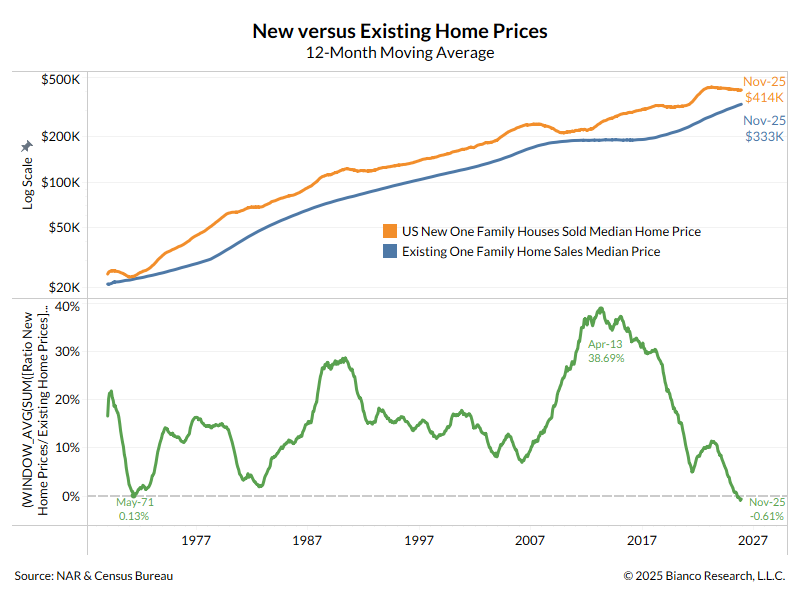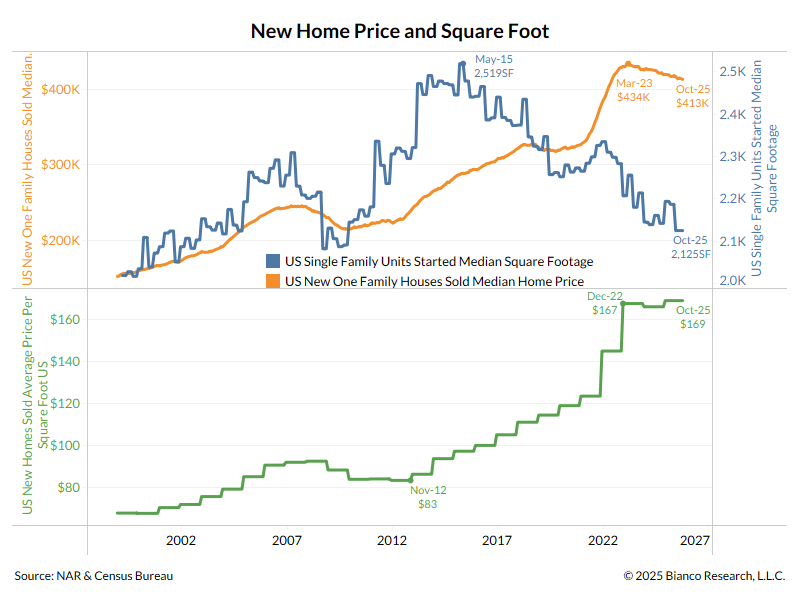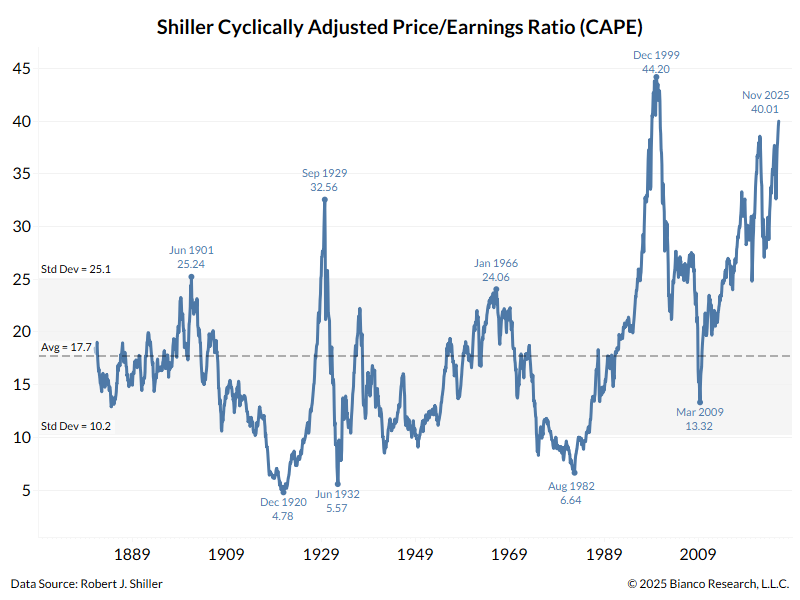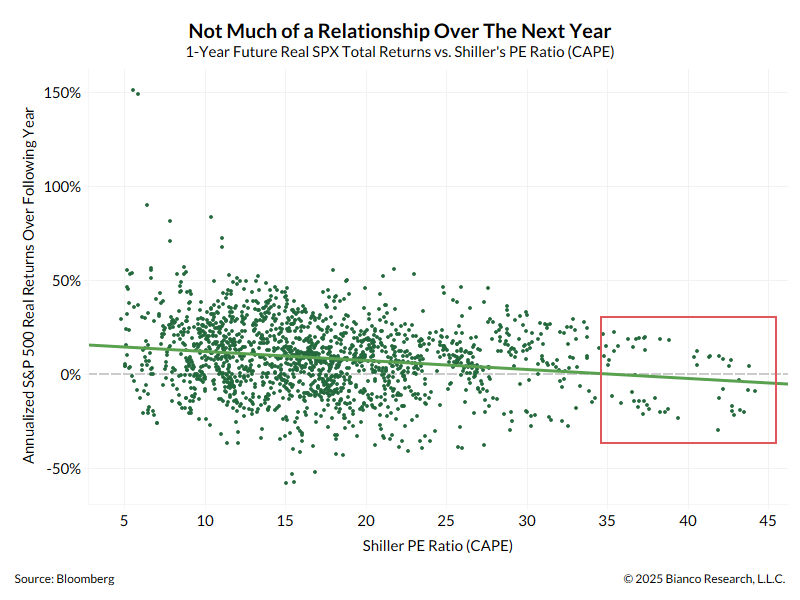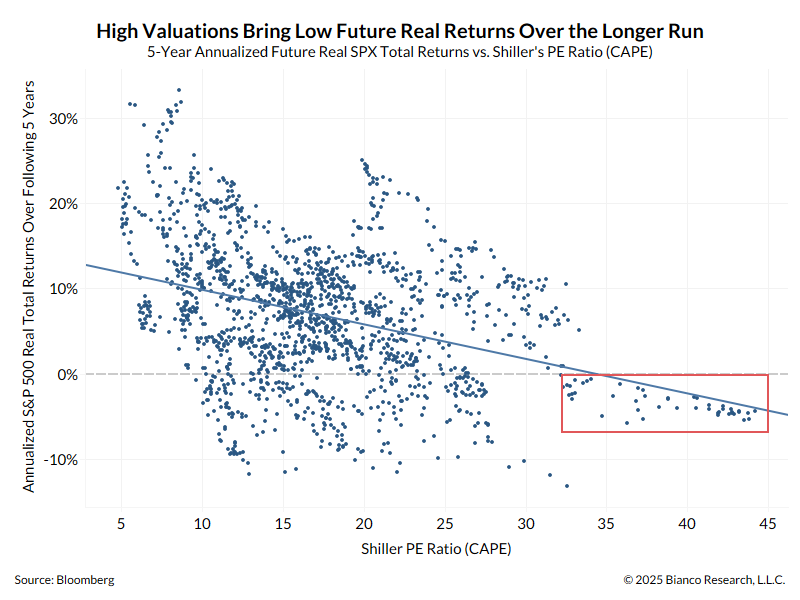More on the retail options frenzy ...
Deltec Bank & Trust Ltd. shows, trading in options has in the last two months outstripped trading in underlying cash equities for the first time on record.
(1/3)
Deltec Bank & Trust Ltd. shows, trading in options has in the last two months outstripped trading in underlying cash equities for the first time on record.
(1/3)

Well over 2,200 stocks have options contracts listed on an exchange. The VAST majority of trading is in just seven names.
(3/3)
(3/3)

• • •
Missing some Tweet in this thread? You can try to
force a refresh



